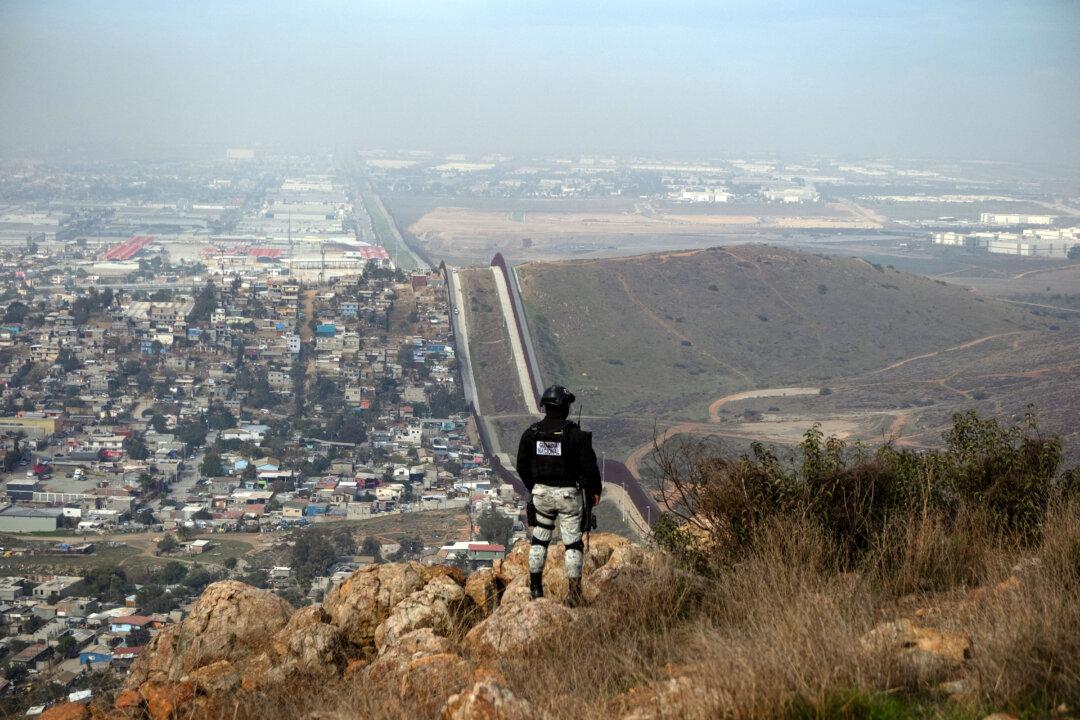In the wake of the failure of several regional banks, lawmakers are furiously at work drafting new bills to give regulatory authorities more control over banks. But some experts say that bank regulators already had all the power they needed, but failed to use it effectively.
“Every time we have a crisis on our hands, the regulatory agencies come out and say, ‘We need additional powers,’” Jelena McWilliams, former FDIC chairman, told attendees at a Cato conference on bank regulation last week. “And then you ask them, what is it in your arsenal of powers that you don’t have or that you couldn’t use?”
Regulatory experts speaking at the conference disputed the current narrative that the failures of Silicon Valley Bank (SVB), Signature Bank, and First Republic Bank occurred because regulators lacked sufficient oversight power. Before handing out new powers to federal agencies, they said, Congress should examine why regulators missed basic problems at SVB that they should have spotted with the authority they had.
Meanwhile, the bills to give regulators even more control over banks keep coming.
“Over the last week, we’ve had multiple bills come out of the Senate. And one of those is co sponsored by Senators [Tim] Scott and [Sherrod] Brown on the Senate Banking Committee,” Norbert Michel, director of Cato’s Center for Monetary and Financial Alternatives, said. “Another is by Senator [Elizabeth] Warren and JD Vance. And then today, Maxine Waters, House Financial Services ranking member, introduced not one, but 12 bills.”
Most of these bills, Michel said, would give agencies the power to claw back executive compensation paid out several years prior to a bank collapse. According to McWilliams, however, the Fed, the OCC, and the FDIC already have those powers. Some who want new powers for regulators have blamed the 2018 Economic Growth, Regulatory Relief, and Consumer Protection Act (S.2155), which lightened some regulations on smaller U.S. banks.
“People say, ‘it’s the rollback of S.2155 that caused this,’ and then when you couldn’t find the real nexus from the provisions that were rolled back to what happened with Silicon Valley Bank, then they said, ‘it’s the executives’ comp,’” McWilliams said. “The truth of the matter is, none of that would have prevented what happened, which is a good old-fashioned bank run.”
‘No Mystery’ to Regional Bank Failures
“It was literally the same thing that happened in the ‘30s, people lining up, this time electronically, to get their money out,” she said. “Why? Because they didn’t trust that their money will be available at the bank. Silicon Valley Bank lost $42 billion in deposits in a matter of a few hours. It was such a high percentage of their deposits that almost no bank in the United States could withstand that kind of a run.”“As you read the reports, there was no mystery; everybody was talking about it, both the Fed at SVB and the FDIC at Signature, were talking about this for years, about the so-called lapses, and they just really didn’t do anything about it,” Michel said. “It isn’t that they didn’t have the authority to do anything, or the ability to do anything. For whatever reason, they didn’t.”
As the regional bank crisis spread from SVB to other banks, regulators invoked what is called the “systemic risk exemption” in order to do things like guarantee all deposits despite the FDIC limit, Michel said. But “all the evidence really doesn’t support contagion; it supports discriminate runs. It supports runs on insolvent institutions for specific asset failures, not contagion.
Granting More Legislative Power to the Executive Branch
According to Jeb Hensarling, former chairman of the House Financial Services Committee, another significant problem with new regulatory proposals is that with every financial crisis Congress hands more lawmaking power over to federal bureaucrats.“The sheer volume and the quality of discretionary power that has now been outsourced from Article I of the Constitution to Article II is absolutely frightening,” Hensarling said, referring to the clauses that separate powers between the legislative and executive branches. “Congress for decades has had this habit of writing these broadly descriptive statutes, and then leaving the real legislative powers to those who are unaccountable and unelected.
“How would this discretion be exercised by those who enjoy it?” he said. “And would they use this discretion for the purpose of which it was designed, or will it be used to further politicize financial regulation, which we are seeing from the FDIC to the OCC to the Fed?”
“We have a presidential race that’s coming up, with an incumbent whose numbers are challenging, to put it politely, and knowing that any kind of bank incident, crisis, contagion, you fill in the blank, would make his numbers go down even more,” Hensarling said. “But what they do is they tamp down the small fire only to create the public policy tinder, if you will, for a much larger fire.”
“There’s going to be a lot of post-mortem studies, I’m sure, on what banks did wrong, how they should have diversified, looked at interest rate risks,” McWilliams said. “But I do think we need to take a look at the regulatory response as well.”
Wealthy Take the Risks; Everyone Shares the Cost
Most of the deposits over the $250,000 limit were owned by companies, not the individual depositors the FDIC was established to protect.Although private insurance is available for deposits not covered by the FDIC, many of the companies chose not to buy it. Guaranteeing these larger deposits will have a cost that will ultimately be spread across the banking industry in the form of higher FDIC premiums, and be borne by everyday depositors in the form of higher banking fees.
“There is private deposit insurance that is available today for deposits over $250,000,” Hensarling said. “But for whatever reason, so many of the depositors of Silicon Valley Bank didn’t take advantage of it. They would have probably, but, as with many others, they have been lulled into security due to the history of backstopping these banks.”
“There’s a reason they called Silicon Valley Bank, Silicon Valley Bank,” Hensarling said. “I seriously doubt there were many Walmart greeters who had deposits at that bank. And to think that all of a sudden the government would come in, after the fact, and insure all of those deposits … and do these backstops for a lot of people who were probably some of the wealthiest, successful people.”
Hensarling said he was concerned that “in a nation of 300 million plus people, that three people can essentially decide there is contagion, and then we’re going to employ this systemic risk provision that essentially allows the government to backstop every single deposit of every single person.
“We go through this cycle of financial crisis, then we increase regulation,” he said. “By increasing regulation, we increase bailouts; by increasing bailouts, we have less market discipline. Then we have more boom-bust cycles, which takes us back to creating even more regulatory authority. It’s just lather, rinse, repeat.”





